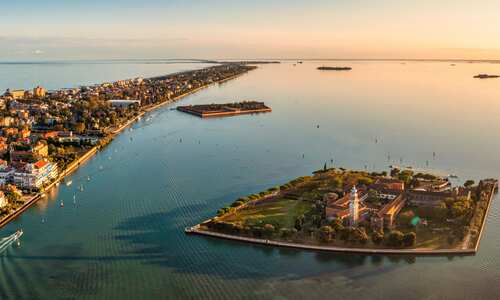Introduction
Serbia struggled in the aftermath of the Balkans conflicts of the 1990 but has begun to build an identity for itself as people discover the attractions here.
Situated on a hill between the Danube and Sava Rivers, the attractive capital Belgrade has gorgeous views of the waterways and is perfectly sited as a strategic fortress, meaning that it has been destroyed and rebuilt forty times in 2,000 years. Parkland exists where once there were heavy fortifications and a wealth of museums, restaurants and bars have sprung up instead.
The mighty Petrovaradin Citadel, built on a volcanic outcrop, dominates the second largest city in Serbia, Novi Sad; there are splendid views from the ramparts. The city is an interesting mix of Serbian cultural heritage and also hosts the world famous Exit music festival.
South of Novi Sad is the mountain and national park of Fruska Gora. Walking and bird watching are popular, and there is also a thriving wine industry to enjoy and crumbling monasteries to discover.
The most impressive monastery in the country though is Manasija. Dating from the 1400s, it comprises 11 towers linked with huge walls. Half the Byzantine frescos here have been destroyed but what remains is beautifully vivid.



















